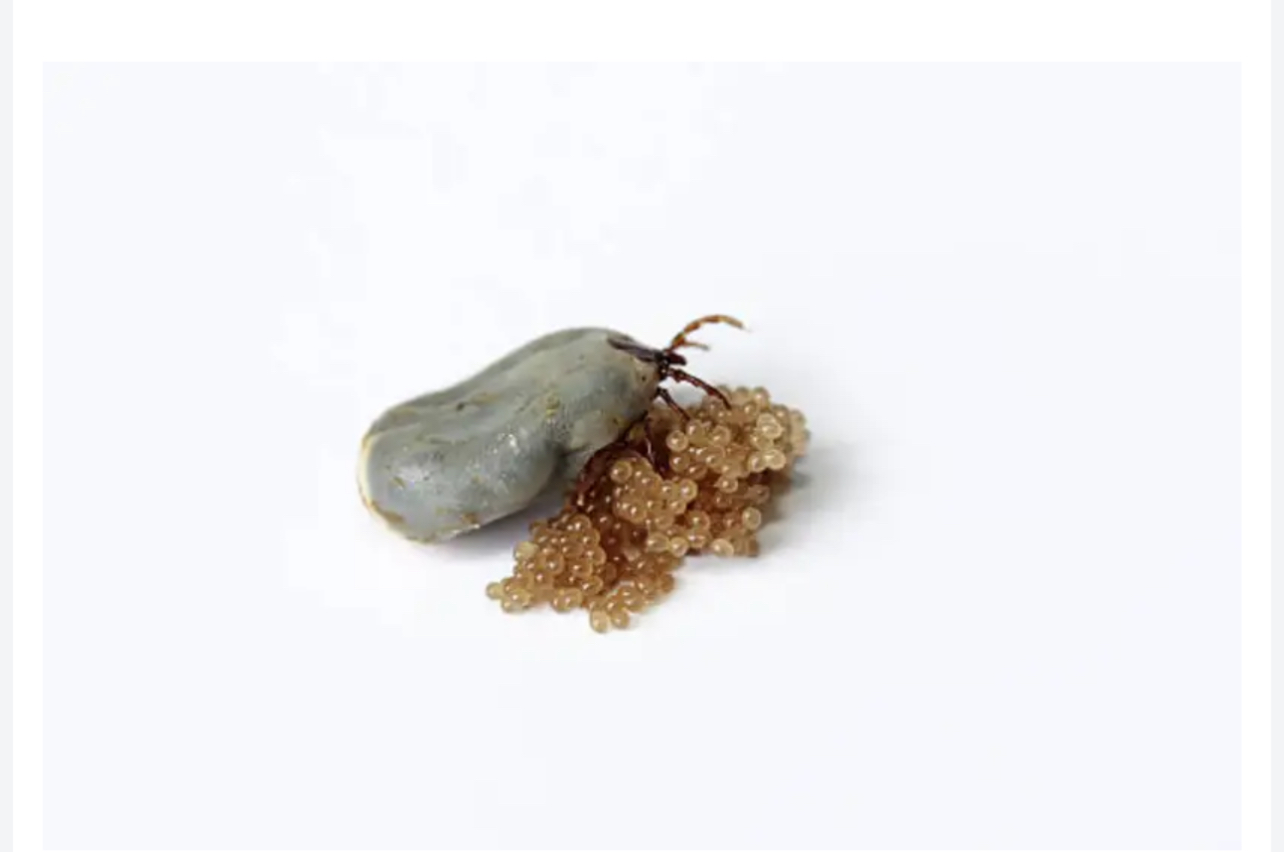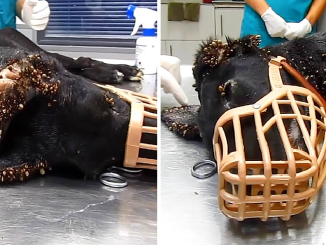If you see these eggs in your yard, act immediately!
What do I hate more than ticks? Hmmm, let me think…
Ah, last summer I had the dubious pleasure of seeing many of them up close and personal. My dog was like a tick magnet, and at the time, the only way to get rid of these uninvited guests was to carefully remove them with tweezers. Thank God I was not alone in this apocalypse. My dear friend was there, supporting me. Although, to be fair, he was so grossed out by the whole process that his version of “support” involved watching from a very, very safe distance. So this tells you everything you need to know about ticks, right?
Disgusting, scary and I would rather never encounter them again. Just thinking about them gives me goosebumps.
So, you can imagine my horror when I first saw tick eggs…

Now, for those lucky enough to not know much about ticks, they are small blood-sucking creatures that are not only a nuisance but can also transmit diseases to both pets and humans. They’re like the uninvited partygoers of the natural world, except they bring with them the risk of contracting Lyme disease, Rocky Mountain spotted fever, and a host of other ailments you definitely don’t want.
So what do you do when you find a tick? The first rule of the Tick Club: don’t panic. Use fine-tipped tweezers to grab the tick as close to the surface of the skin as possible. Pull up with constant, even pressure. The goal is to remove the entire tick, without breaking it and leaving parts embedded in the skin. After removing the tick, wash the bite and your hands with alcohol, iodine cleanser, or soap and water. Do not crush the tick with your fingers. Get rid of it by putting it in alcohol, sealing it in a bag or container, wrapping it with tape, or flushing it down the toilet.
To be clear: it is always highly recommended to visit a doctor rather than attempting to remove a tick yourself. It is much better to have a professional remove the tick from your body.
But let’s go back to where our nightmare began: tick eggs. How do you identify them? Well, tick eggs are small but not invisible. They are often reddish brown and arranged in clusters that may resemble a small, slightly chunky string of pearls. If you come across these in your garden, be prepared. Each of those little eggs represents a possible future tick that could find its way to you or your pets.

The danger of tick eggs lies in their quantity. A single female tick can lay thousands of eggs at a time. This means that failing to take action could lead to a tick infestation. And ticks carry the risk of disease transmission, not to mention the icky factor of knowing they’re breeding in your backyard.
So how do you remove and remove tick eggs?
Carefully. When I discovered a cluster of tick eggs in my yard, I prepared as if I were heading into battle.
Wearing gloves, I carefully placed the eggs into a jar filled with rubbing alcohol. This method guarantees that they die instantly. It is also essential to check the area around where you found the eggs for signs of more groups or ticks. After handling the eggs, clean the area well. Spray the stain with a mixture of water and permethrin, a pesticide that is effective against ticks but should be used with caution and according to the product’s instructions.



Leave a Reply